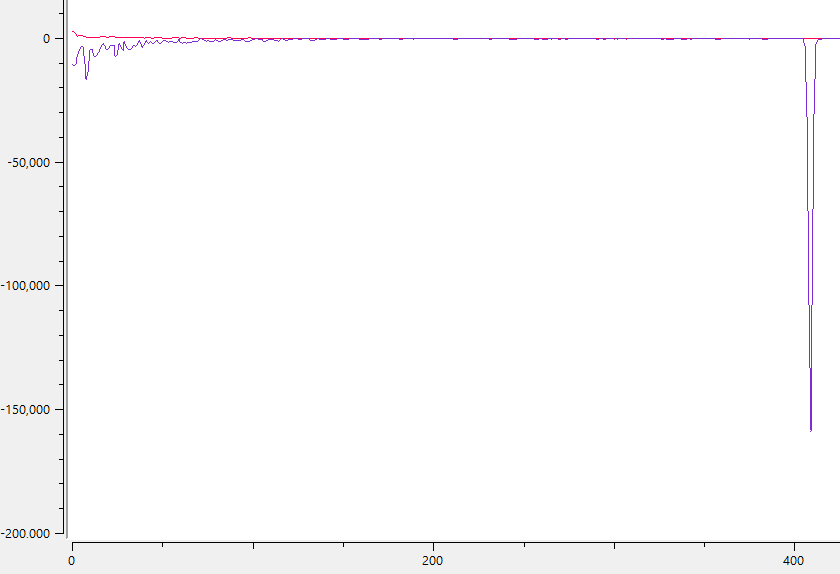Other Parts Discussed in Thread: TLV888
I have an OPA2325 in non-inverting high gain mode taking sensor output and feeding into an ADC. I am specifically interested in 1-50 Hz signal integrity and see some noise on my input, understandably, that I would like to see if it can be improved with amplifier selection or other measures.

AC signal in is biased to VDD/3 to line up with single-ended ADC voltage reference range. C503 will be a charge cap for the option of a sample-and-hold on the amplifier input, although its value and those of C504 and R507 can absolutely change.
Here is an example FFT with 1 kHz sine reference signal as the main peak (sorry for inverted Y axis polarity) and noticeable noise in the 4-200 Hz region, especially below 50 Hz.

Is there any better-suited opamp, opamp scheme (I am open to cascading but not sure that will help) or circuit layout that will significantly improve my 1-10 Hz and 10-100 Hz noise in the FFT? Remember that I still need pretty much full scale gain at 4+Hz for the signal, so I can't just change the high pass filter on the gain by reducing C505.

